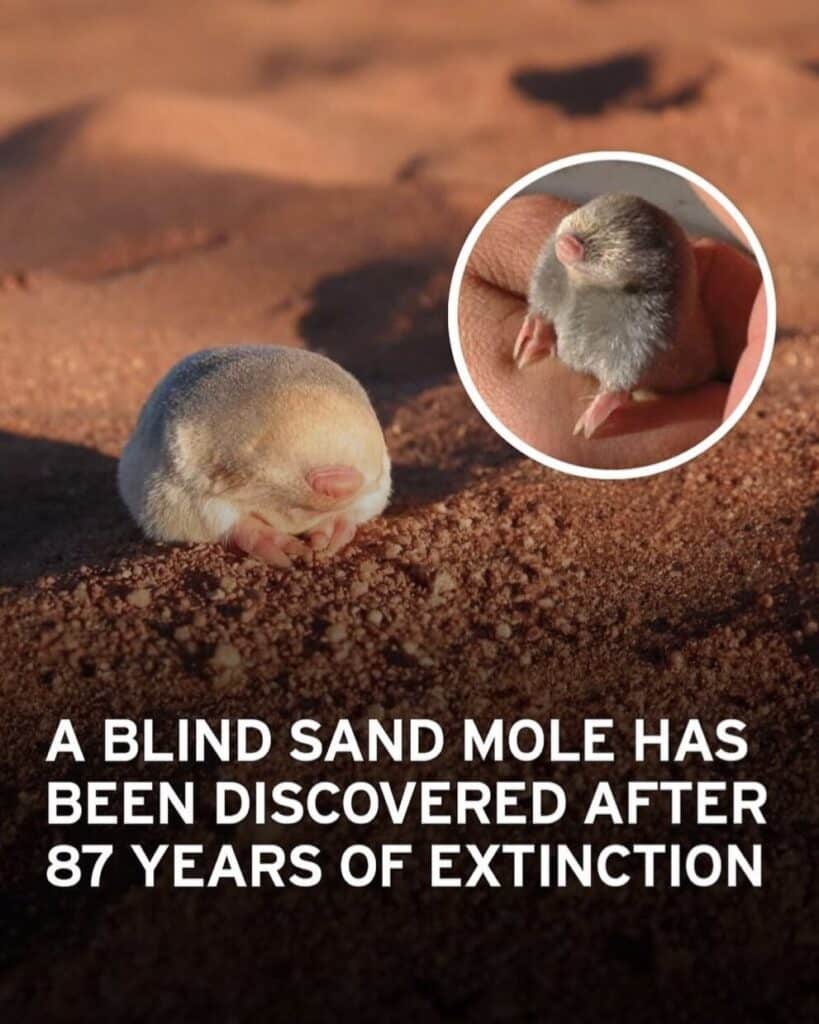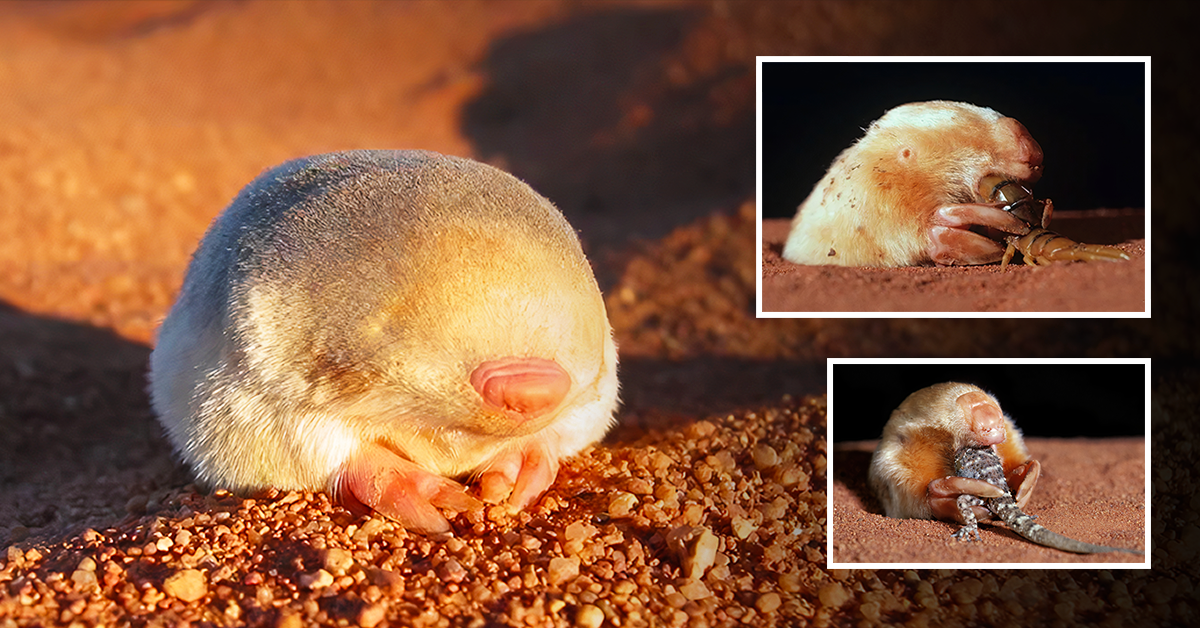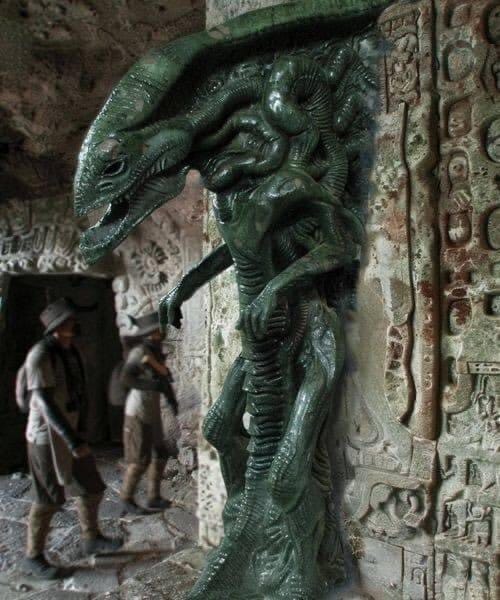Rediscovery of the Blind Sand Mole After 87 Years
In a remarkable turn of events, a species long believed to be extinct has made a miraculous return. The blind sand mole, a small, subterranean mammal, has been discovered alive after 87 years of presumed extinction. This astonishing find has sent ripples of excitement and hope through the scientific community and conservationists worldwide.

The Discovery
The rediscovery occurred in the remote desert regions where the blind sand mole was last seen nearly nine decades ago. A team of dedicated researchers and local wildlife enthusiasts, driven by rumors and sporadic, unverified sightings, embarked on an expedition to locate any remaining individuals of this elusive species. After weeks of diligent searching, their efforts were rewarded when they found a small population of the blind sand mole burrowing in the sand dunes.
The Blind Sand Mole
The blind sand mole is a unique creature adapted to life underground. As its name suggests, it is blind, relying on its other senses to navigate and forage in the dark, sandy environment it inhabits. The mole’s body is covered in soft, velvety fur, and its limbs are perfectly suited for digging through the sand. This adaptation allows it to evade predators and survive in one of the harshest habitats on Earth.
Conservation Significance
The rediscovery of the blind sand mole is not just a cause for celebration but also a critical call to action for conservationists. The species’ prolonged absence and limited population indicate that it remains at significant risk. Immediate efforts are needed to protect its habitat from further degradation and to implement measures that will ensure its survival. Conservationists are now working on strategies to monitor the mole’s population, understand its ecological needs, and engage local communities in preserving this extraordinary species.
Global Impact
This discovery underscores the importance of continued exploration and conservation efforts. It serves as a reminder that even in an age where biodiversity is under threat from various human activities, there is still hope for the rediscovery and protection of species once thought lost forever. The blind sand mole’s return is a testament to the resilience of nature and the impact of dedicated conservation work.
The story of the blind sand mole’s rediscovery is a beacon of hope and a call to renew our commitment to protecting the planet’s incredible biodiversity.




